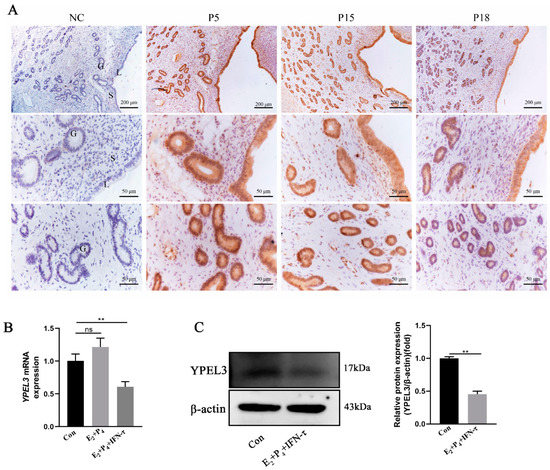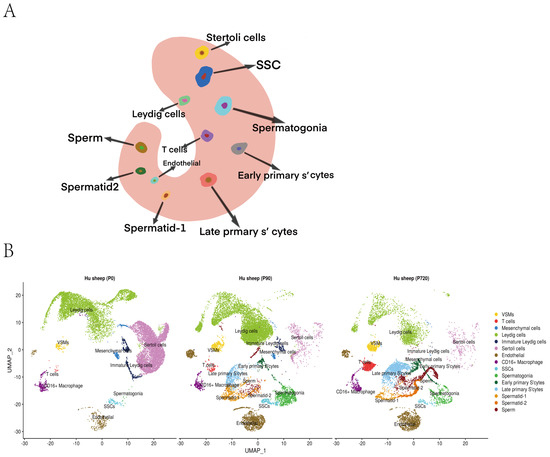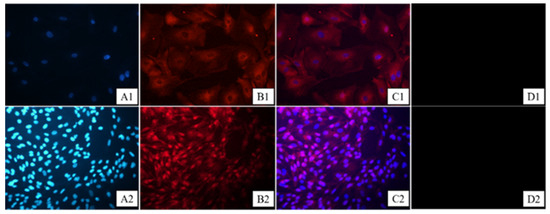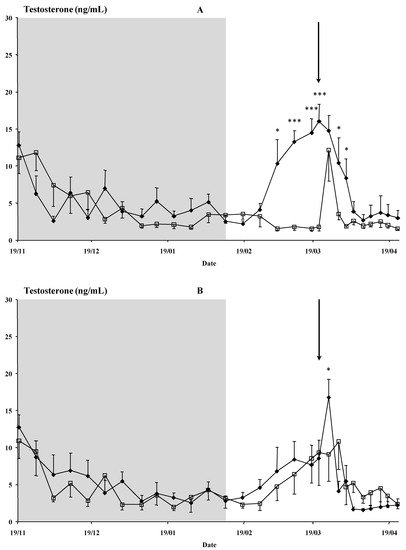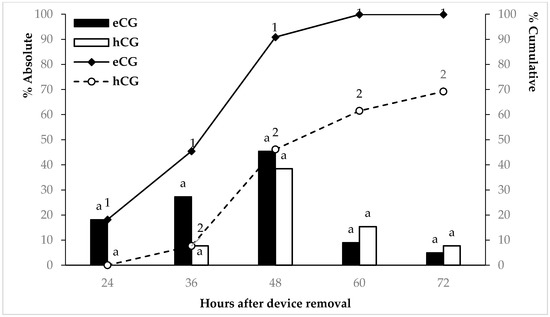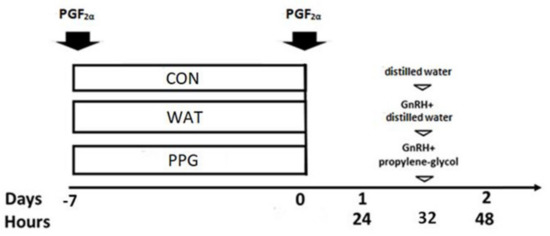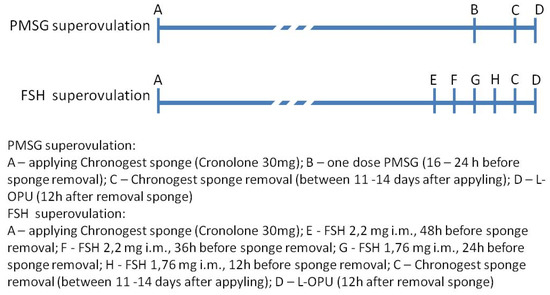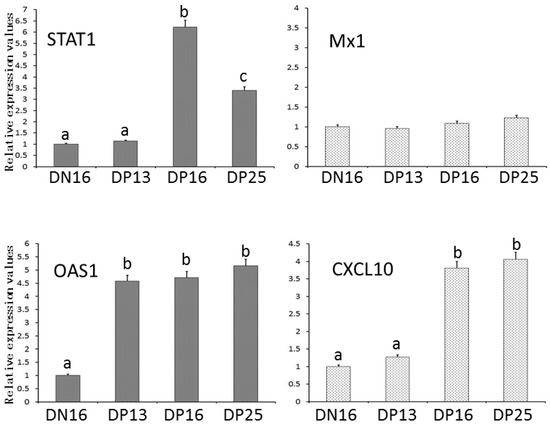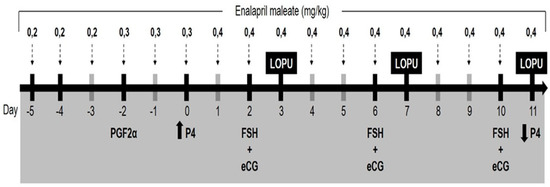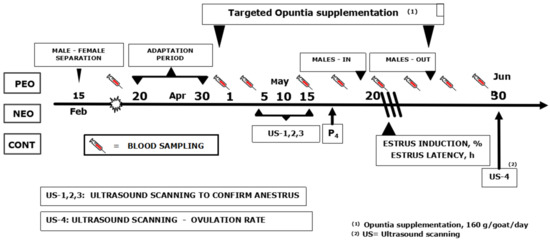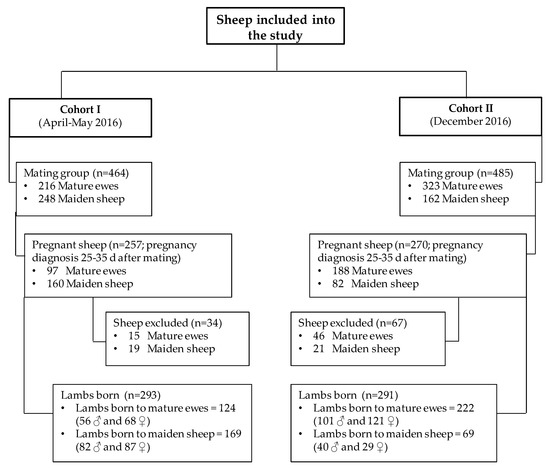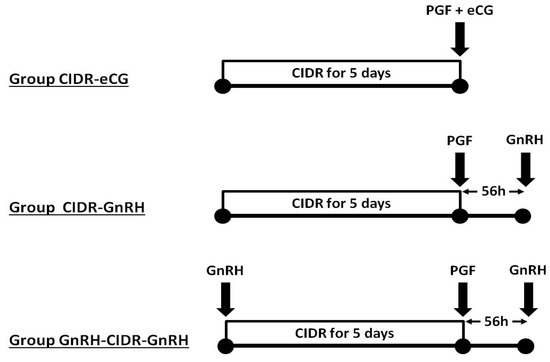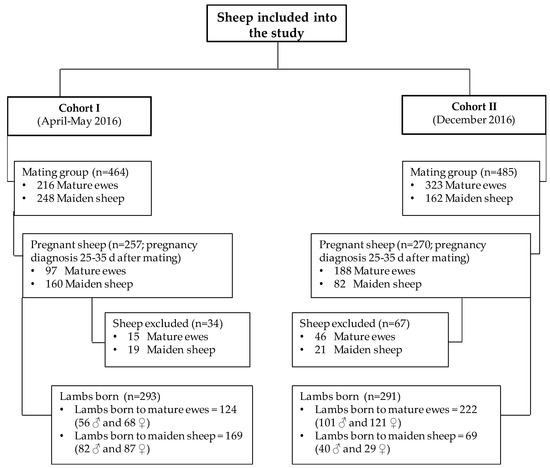Reproductive Management of Sheep and Goats (Closed)
A topical collection in Animals (ISSN 2076-2615). This collection belongs to the section "Animal Reproduction".
Viewed by 68929Editors
Interests: developmental programming; environmental effects; embryo; foetus; genetic and epigenetic regulation; prenatal and postnatal development
Special Issues, Collections and Topics in MDPI journals
Interests: reproductive-physiology; female-reproduction; ruminant-production; reproductive-technology; oestrus-syncronization; artificial-insemination
Topical Collection Information
Dear Colleagues,
Sheep and goats are an important source of animal production worldwide, with a major social and economic impact in the rural areas of developing countries. The traditional management of small ruminants is currently evolving into systems in which the efficiency of production, sustainable use of land, appropriateness of the breeds to changing environmental conditions and production and the management of waste and greenhouse gases have to be considered. The efficiency of reproductive management is a key part of this picture, aiming to optimize the age at puberty, seasonality, fertility, prolificacy, length of the postpartum anestrous period and flock-age structure. Such objectives may be accomplished through nutritional strategies and photoperiodic management in both females and males, estrus synchronization using either hormonal or non-hormonal treatments, scheduling of breeding, artificial insemination, pregnancy diagnosis by ultrasonography with re-breeding or culling of non-pregnant ewes and also embryo production and transfer. These topics were developed in a first volume of the Special Issue “Reproductive Management of Sheep and Goats” and we are now introducing a second volume to update them. Thus, we welcome contributions in the form of both literature reviews and original research papers.
Dr. Antonio Gonzalez-Bulnes
Dr. Paula Martinez-Ros
Guest Editors
Manuscript Submission Information
Manuscripts should be submitted online at www.mdpi.com by registering and logging in to this website. Once you are registered, click here to go to the submission form. Manuscripts can be submitted until the deadline. All submissions that pass pre-check are peer-reviewed. Accepted papers will be published continuously in the journal (as soon as accepted) and will be listed together on the collection website. Research articles, review articles as well as short communications are invited. For planned papers, a title and short abstract (about 100 words) can be sent to the Editorial Office for announcement on this website.
Submitted manuscripts should not have been published previously, nor be under consideration for publication elsewhere (except conference proceedings papers). All manuscripts are thoroughly refereed through a single-blind peer-review process. A guide for authors and other relevant information for submission of manuscripts is available on the Instructions for Authors page. Animals is an international peer-reviewed open access semimonthly journal published by MDPI.
Please visit the Instructions for Authors page before submitting a manuscript. The Article Processing Charge (APC) for publication in this open access journal is 2400 CHF (Swiss Francs). Submitted papers should be well formatted and use good English. Authors may use MDPI's English editing service prior to publication or during author revisions.
Keywords
- artificial insemination
- embryo production
- estrus synchronization
- fertility
- nutritional-strategies
- photoperiodic-management
- postpartum anestrous
- pregnancy diagnosis
- puberty
- seasonality






